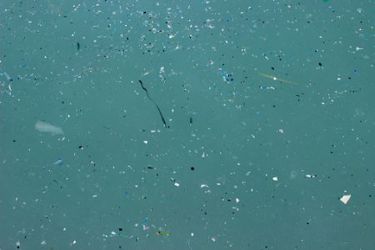Testing For Microplastics: Challenges And Solutions

Microplastics have been present in the water cycle for a long time, but only came to international attention as a problem in the marine environment in the 1970s. Lacking a way to test for microplastics, for decades scientists, governments, and academics merely observed this problem. But as regulation and solutions become a priority on a global scale, so too has the development and standards for testing.
Developing testing standards for microplastics has been a challenge. Unlike chemical contaminants, microplastics come in a wide range of shapes, sizes, densities, and more. In addition, regulation in this area has lagged, leaving laboratories and universities to figure out how to test for and remove them from water sources and drinking water streams.
In this Q&A with Water Online, Lindsay Lozeau, Senior R&D Scientist at MilliporeSigma discusses the methods and technologies currently used for testing microplastics, the limitations of those tests, and how to use them to get the most accurate measurements possible.
Get unlimited access to:
Enter your credentials below to log in. Not yet a member of Water Online? Subscribe today.
